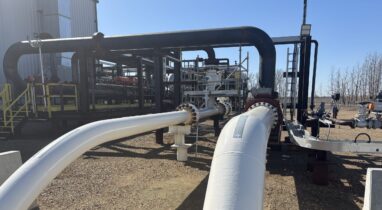Quebec has a carbon pricing system that’s distinct from the systems in other Canadian provinces. A report by Clean Prosperity (en français) explains the key features of the Quebec cap-and-trade system. The report makes recommendations for reforms to help the system better achieve its objectives.
The Quebec system covers about 75% of greenhouse gas (GHG) emissions in the province. The absolute, declining cap on emissions should provide a robust and efficient framework to achieve the province’s 2030 emissions reduction target. However, Quebec is currently not on track to reach this target.
There are two main problems preventing the cap-and-trade system from achieving its objectives. The first is an overallocation of emission allowances. The second is that the cap is not really a cap: the California government could supply Quebec emitters with allowances beyond the provincially-legislated cap. There are also questions about whether allowances generated in California and purchased by Quebec emitters can be counted as valid reductions of Quebec’s GHG inventory.
The Quebec and California governments have an opportunity to address problems with the cap-and-trade system through coordinated reforms in 2025. Clean Prosperity makes the following recommendations to this reform process:
- Retire excess and unsold allowances.
- Reform the use of carbon offsets as a compliance mechanism.
- Plan for the cap-and-trade system to cover nearly all GHG emissions.
- Account for the fact that imported allowances might not represent global emission reductions.




